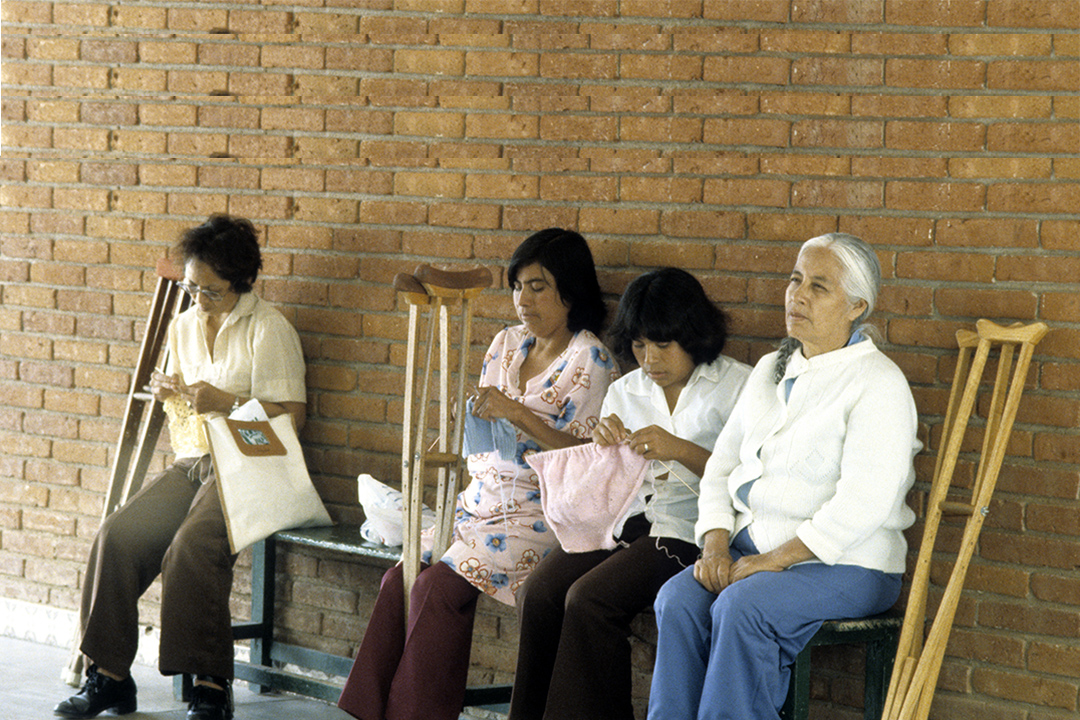
By Zilu Zhou, Associate Social Affairs Officer, ESCAP, and Napaphat Satchanawakul, Social Affairs Officer, ESCAP
Universal health coverage (UHC) is off track in Asia and the Pacific. There has been insufficient progress to improve coverage of essential health services, with financial protection against healthcare costs worsening.
The coverage of essential health services, measured by the UHC Service Coverage Index on a 0-to-100 scale, stood at 69 for the region in 2021. The Index ranges from 30 to 89 for Asia-Pacific countries. This reflects significant gaps in coverage and uneven progress across the region. Of particular concern is the service coverage for non-communicable diseases (NCDs), which remains the lowest at 56.
High out-of-pocket spending on healthcare also continues to place a heavy burden on many families, forcing them to cut back on other essentials or fall into poverty. In 14 of 30 countries with data, more than one in ten households spent over 10% of their budget on healthcare, exacerbating the financial vulnerability of poorer households.
The Asia-Pacific region is experiencing rapid population ageing. In 2024, there are 721 million people in the region aged 60 years or over. This number will nearly double by 2050. As people live longer, they may spend more of their later years in poor health, increasing pressure on healthcare systems. Meeting their diverse needs for care and support – ranging from physical to mental health issues – will be essential to achieving UHC. Meanwhile, low pension benefits and prevalent poverty in old age underscore the urgent need for financial protection. Among older persons living alone, women are 27% more likely to live in poverty compared to men, reveals UN Economic and Social Commission for Asia and the Pacific (ESCAP) research.
Social health protection as a crucial tool to achieve UHC
Social health protection encompasses public and private mandated measures to provide or pay for healthcare and supports income replacement during illness. These measures promote equitable access to healthcare and protect people against poverty risks related to health needs.
Adequate and comprehensive social health protection can make healthcare more affordable, ensuring that people, especially disadvantaged groups, do not delay or forgo necessary care due to financial barriers. It also helps reduce out-of-pocket payments, preventing people from falling into poverty due to healthcare costs.
Two-thirds of people in the region are protected by a social health protection scheme. High population coverage has been achieved by both high-income countries (HICs) and several middle-income countries (MICs). However, many schemes fall short of covering comprehensive services, particularly in long-term care and chronic disease management. For example, data from seven middle-income Asian countries show half of households with a member having cancer spend over 30% of their budget on healthcare. Furthermore, spending on long-term care remains below 1% of government health expenditures in most countries, except for a few developed countries in the region.
Strengthening social health protection for UHC and healthy ageing
To better respond to changing population needs, countries in the region need to invest in expanding the social health protection coverage and improving adequacy. To avoid unnecessary treatments and encourage the use of cost-effective and quality health interventions, countries should adopt health benefits packages that promote preventative and primary care, such as health education, routine screenings, and early diagnosis for conditions like hypertension and diabetes.
Social health protection should also align with broader health and social protection policies to ensure that integrated health and social care are accessible and affordable, meeting older persons’ needs and preferences.
Countries in the region have undertaken various initiatives. For example, Australia’s aged-care system applies a community-based approach, offering preventative care as part of its continuum of services for older persons. Providing coordinated care and health services at home helps avoid unnecessary hospitalizations. Japan integrates long-term care services into its broader social protection system, addressing both medical and social needs through comprehensive care for older persons. Thailand’s community-based long-term care services, launched in 2017, support bedridden or homebound older persons by offering home visits from caregivers and medical professionals, meeting their needs in a cost-effective and quality-driven manner.
The Republic of Korea’s National Dementia Care System is a good example of addressing dementia. Community-based dementia care centers nationwide provide tailored services, such as diagnostic evaluations, consultations, and personalized care plans, ensuring both preventative and rehabilitative care and expanded financial support.
Countries have also taken measures to support older persons with disabilities. Singapore, for example, provides assistive devices under a broader disability support framework. The government also provides renovation grants to older persons to make their homes disability friendly.
Achieving UHC in Asia and the Pacific requires urgent and transformative action. By strengthening social health protection and aligning it with broader policies, we can ensure that people of all ages, including the growing number of older persons, have access to the care they need and live longer and healthier lives. The eighth session of the ESCAP Committee on Social Development in October will provide a platform for discussing best practices and examples from the region to future proof social protection systems amidst megatrends such as ageing.